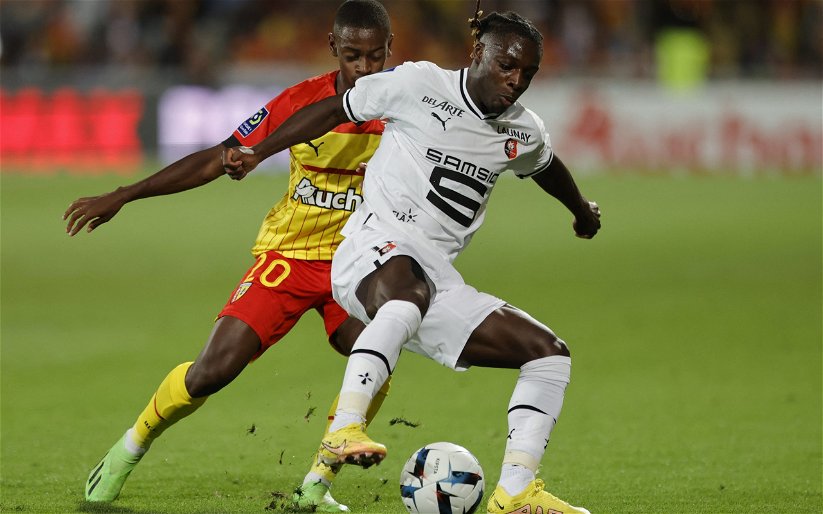 One of the things you may have noticed about Roy Hodgson’s Fulham last season was his tendency to play Damien Duff on the right and Simon Davies on the left for large parts of the campaign. To many, including myself, the question was why was Roy doing this? Duff is a natural left footed player so playing him on the right you would imagine would be alien to him where he could not offer any natural width. The same could be said with Davies on the left, who is always likely to come in onto his favoured right foot. So why did Roy opt for this tactic? Surely a man who has advocated width in his teams throughout his entire career would not suddenly change to a narrower attacking game?
One of the things you may have noticed about Roy Hodgson’s Fulham last season was his tendency to play Damien Duff on the right and Simon Davies on the left for large parts of the campaign. To many, including myself, the question was why was Roy doing this? Duff is a natural left footed player so playing him on the right you would imagine would be alien to him where he could not offer any natural width. The same could be said with Davies on the left, who is always likely to come in onto his favoured right foot. So why did Roy opt for this tactic? Surely a man who has advocated width in his teams throughout his entire career would not suddenly change to a narrower attacking game?
Two things need to be said about players playing on the opposite flanks to their natural side. 1) It doesn’t necessarily lead to the players becoming hindered by playing in these seemingly unnatural positions and 2) It doesn’t actually mean that the team plays with less width. To address the first argument, when both Duff and Davies played in those positions for large parts of the campaign they actually provided a great deal of attacking threat and Duff in fact had one of the best seasons since his days at Chelsea. Why was this the case? It allows both players when they cut inside to offer crosses from different angles, rather an out-swinging cross from the right it becomes an in-swinger with a left foot as well as on the opposite flank providing an in-swnging cross from the left.
Another thing is that it also allows greater shooting opportunities. Although it does help defenders that they know a winger will invariably come inside, if a full back overlaps and the winger is left free on the ball, he will have opportunities to shoot on his favoured side, something that Duff did to tremendous effect last season, scoring nine goals. The archetypal proponent of this ability to cut in and shoot though is Arjen Robben who seems to be tremendously effective for both Bayern Munich and Holland in playing the position.
The second argument I proposed was that it doesn’t actually mean a team plays narrower and with less width. As I have mentioned, one of the most important things that happens with wingers that cut inside is that defenders will try to track them. Tracking them however can leave gaps on the wings, and this is where full backs can capitalise with the extra space. Attacking left backs and right backs can provide the width to the team and it allows them to put crosses into the box, and get into the penalty area, with greater freedom. Such tactics will provide players such as Glen Johnson better attacking opportunities. In addition to this, the tactic also allows the possibility of switching flanks, allowing both wingers to play on their natural side and give the side greater width.
I believe that wingers “cutting inside” maybe a common sight at Anfield this campaign. Even during the Europa League match against FK Rabotnicki last Thursday it was apparent. Milan Jovanovic started on the left hand side while Dani Pacheco was picked to play on the right. 20 minutes into the game though, the two switched sides, and for large parts of the game, Jovanovic could be seen cutting inside to shoot while Pacheco tucked in from the left. We will have to wait and see whether it is a regular occurrence this season but as it worked so well at Fulham, I wouldn’t doubt that Roy will also utilise it at Liverpool.
Follow us on twitter @live4Liverpool
Live4Liverpool is recruiting columnists. For further info contact the site editor at editor@live4liverpool.com



With this strategy Babel should finally be a star!
nice article good observation…
yes! then jovanovic will become the new messi 🙂
Great move seeing wingers switch sides.
Keep it up Roy!
“With this strategy Babel should finally be a star!” – Babel’s always been played on the left though, only on very few (2 or 3) occasions has he been played on the right.